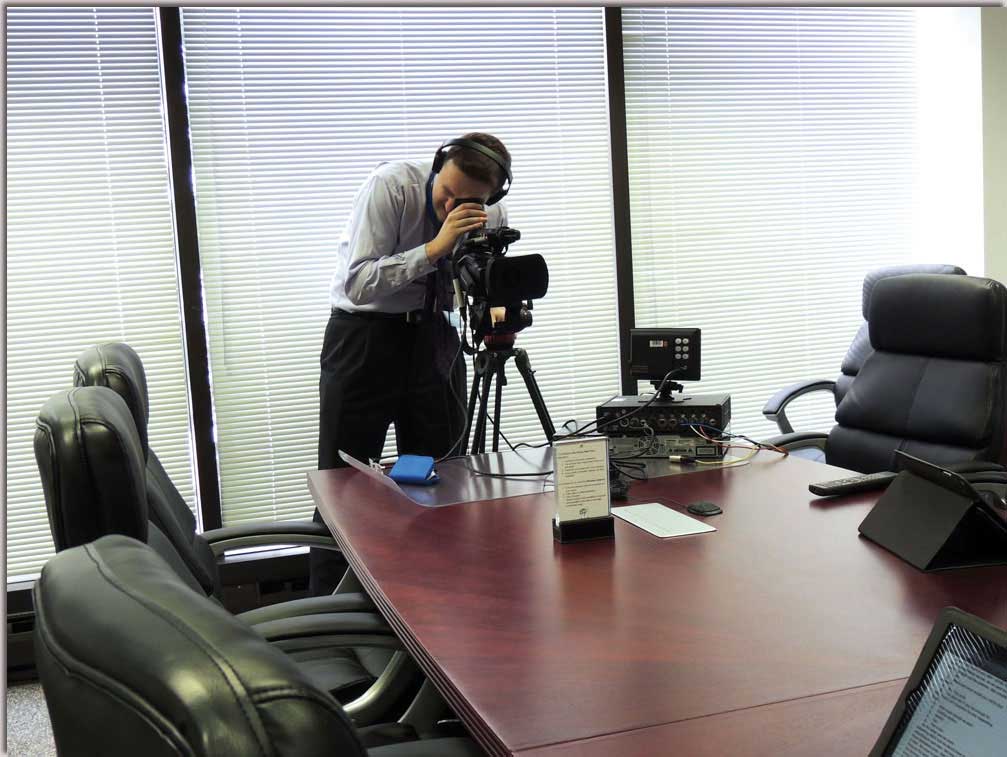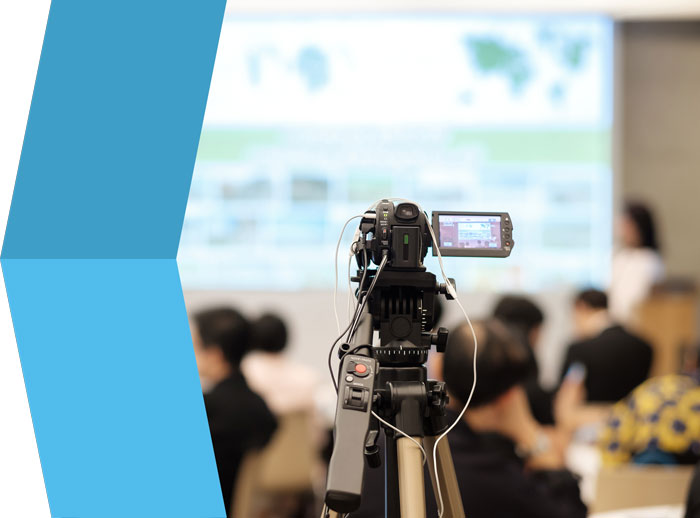Why Legal Videography is Vital for Accurate Legal Paperwork
Why Legal Videography is Vital for Accurate Legal Paperwork
Blog Article
Looking Into the Systems of Legal Videography: Unveiling Its Operation in Shielding Authentic Aesthetic Testimony for Judicial Proceedings
In the realm of judicial procedures, the role of legal videography stands as a foundation in preserving and offering aesthetic evidence. As innovation proceeds to development, the mechanisms behind legal videography have actually become increasingly elaborate, supplying an important layer of authenticity to testimonies recorded on video clip.
Historical Advancement of Legal Videography
Examining the historical development of lawful videography exposes a significant improvement in the catching and presentation of aesthetic proof within the legal landscape. In the past, lawful proceedings heavily depended on created pictures and transcripts to document events and give proof. However, with the advent of video modern technology, the lawful industry witnessed a standard change in just how visual testament was captured and offered.
The evolution of legal videography can be traced back to the late 20th century when improvements in video clip recording equipment made it more available for usage in court rooms. This technical development not only boosted the accuracy and dependability of aesthetic evidence however also reinvented the means situations were presented to discretionary (Legal Videography). Attorneys began to recognize the influential power of video clip recordings in sharing emotions, nuances, and non-verbal hints that written photographs or records alone can not record successfully

Modern Technology Developments in Video Documents
What vital technical developments have revolutionized video documents in the legal field? The lawful field has actually seen substantial improvements in video clip paperwork modern technology that have improved the authenticity and integrity of aesthetic proof in judicial process. Among the key innovations is high-def (HD) video recording capabilities, which give crystal-clear images and sharp information that are crucial for properly capturing testimonies, face expressions, and various other aesthetic hints. Additionally, the combination of timestamping and metadata functions in video documentation devices has actually made it possible for precise documents of when and where the video clip was videotaped, making sure the stability of the evidence provided in court.
Additionally, improvements in video clip encryption and watermarking innovations have actually reinforced the safety and tamper-proof nature of video clip proof, protecting it versus unauthorized modifications or tampering. The development of cloud storage space remedies and remote accessibility capabilities has streamlined the storage space, retrieval, and sharing of video clip proof, helping with seamless collaboration among lawful professionals and making certain efficient accessibility to crucial aesthetic statements when required. These technical developments in video documentation have undoubtedly changed the legal field, enhancing the precision, reliability, and admissibility of visual proof in judicial procedures.
Duty of Legal Videographers in Court Room Settings
The evolution of video documents innovation in the lawful area has actually demanded a vital duty for legal videographers in court room setups, ensuring the integrity and reliability of visual testaments offered throughout judicial procedures. Legal videographers play an essential function in capturing and maintaining exact aesthetic proof that can be essential in litigation. Their duty expands view to setting up equipment, taping process, and generating premium videos that properly mirror the events in the court room.
In court settings, lawful videographers have to comply with rigorous standards and requirements to maintain the credibility of the aesthetic document. They have to have an eager eye for information and a complete understanding of lawful procedures to ensure that the video they record is a real representation of the events that took place. In addition, lawful videographers frequently work closely with lawful teams to ensure that the video clip evidence lines up with the instance's requirements and can be effectively presented in court to support the lawful arguments being made. In general, the function of legal videographers in courtroom setups is essential in promoting the principles of justice pop over to this web-site and making sure the transparency of lawful proceedings.

Ensuring Admissibility and Honesty of Video Evidence
To preserve the trustworthiness of aesthetic evidence presented in legal procedures, guaranteeing the admissibility and honesty of video clip evidence is a vital duty for legal videographers. Admissibility describes the acceptance of evidence by the court, and for video clip evidence to be admissible, it must fulfill certain standards. Lawful videographers play an essential function in ensuring that the videos they catch abide with the rules of proof, such as significance, authenticity, and integrity.
Stability of video evidence includes maintaining the creativity and precision of the footage from the moment it is videotaped until it exists in court. This consists of securely storing the video clip files, documenting the chain of custody, and protecting against any tampering or modifications. Lawful videographers need to follow rigorous procedures to assure the integrity of the video evidence and stop any kind of challenges to its authenticity.
Future Trends in Legal Videography
Provided the enhancing dependence on modern technology in lawful procedures, lawful find this videographers are positioned to welcome ingenious developments forming the future of aesthetic statement capture and presentation. Among the famous fads coming up is the combination of online reality (VR) and enhanced reality (AR) modern technologies right into legal videography. These modern technologies have the potential to revolutionize just how aesthetic evidence is provided in courtrooms, permitting courts and courts to immerse themselves in the scene of the crime or occurrence.
Additionally, the use of fabricated knowledge (AI) algorithms for video evaluation is expected to enhance the procedure of evaluating and assessing big amounts of video footage. AI can aid in identifying vital minutes, abnormalities, and patterns within videos, improving the effectiveness of legal examinations.

Verdict
In final thought, legal videography has actually played a crucial duty in supplying authentic visual evidence for judicial proceedings. Via technical improvements and the knowledge of lawful videographers, the honesty and admissibility of video clip evidence are made sure in court setups. As lawful videography remains to evolve, it will be necessary to promote criteria that keep the precision and reliability of aesthetic testimony for the future of legal procedures.
Checking out the historical development of lawful videography discloses a considerable change in the recording and presentation of visual proof within the legal landscape.The development of video paperwork technology in the legal field has actually necessitated an important role for lawful videographers in court setups, guaranteeing the honesty and reliability of aesthetic testimonies presented during judicial process. Furthermore, lawful videographers frequently function carefully with lawful teams to make certain that the video clip proof aligns with the case's requirements and can be successfully provided in court to sustain the legal disagreements being made.To preserve the integrity of visual proof provided in lawful proceedings, making sure the admissibility and stability of video proof is a vital responsibility for legal videographers. As legal videography proceeds to advance, it will be vital to support criteria that maintain the accuracy and integrity of aesthetic testimony for the future of lawful process.
Report this page